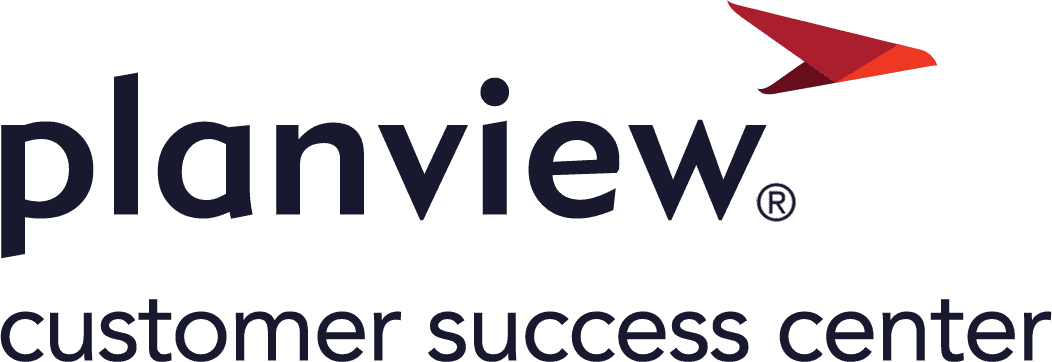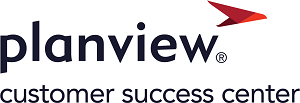Portfolios
Sign in to access this product help article.
What Are Portfolios?
Portfolios provide access to database information that users can view, manage, or edit. Portfolios let you organize information for decision-making and performance measurement. Portfolios are equally applicable for managing strategies, initiatives, projects, resources, strategic plans, and products and other types of outcomes.
A portfolio lets users group information, based upon a set of specific attributes. It enables users to review or manage many single items in a collective manner. Planview Portfolios portfolios are applicable to projects, lines of business, products and other types of outcomes, strategic initiatives, resources, IT investments, and more. Portfolios are the management method that links strategies, work, resources, and products and other types of outcomes. They are created for the appropriate decision maker and their authority and responsibilities.
Portfolio Management Introduction
Before you can view, manage, or edit information available through a portfolio, you need access to that portfolio. You automatically have access to portfolios you create, but you can also access a portfolio if another user invites you to it. The portfolios you can create or be given access to depend on the permissions an administrator assigns you and which menus and tabs are available to you.
After you create a portfolio, you can perform the following actions:
-
Send invitations to those users who you want to be able to access the portfolio
-
Display tiles to view and access data pertaining to the portfolio
-
Modify the portfolio's definition
-
Delete the portfolio if it is no longer needed
NOTE
Before working with portfolios, you should familiarize yourself with the Planview Portfolios interface because some of its elements help you view, manage, and edit portfolios.
What Are Portfolios?
Portfolios provide access to database information that users can view, manage, or edit. Portfolios let you organize information for decision-making and performance measurement. Portfolios are equally applicable for managing strategies, initiatives, projects, resources, strategic plans, and products and other types of outcomes.
A portfolio lets users group information, based upon a set of specific attributes. It enables users to review or manage many single items in a collective manner. Planview Portfolios portfolios are applicable to projects, lines of business, products and other types of outcomes, strategic initiatives, resources, IT investments, and more. Portfolios are the management method that links strategies, work, resources, and products and other types of outcomes. They are created for the appropriate decision maker and their authority and responsibilities.
Portfolio Management Introduction
Before you can view, manage, or edit information available through a portfolio, you need access to that portfolio. You automatically have access to portfolios you create, but you can also access a portfolio if another user invites you to it. The portfolios you can create or be given access to depend on the permissions an administrator assigns you and which menus and tabs are available to you.
After you create a portfolio, you can perform the following actions:
-
Send invitations to those users who you want to be able to access the portfolio
-
Display tiles to view and access data pertaining to the portfolio
-
Modify the portfolio's definition
-
Delete the portfolio if it is no longer needed
NOTE
Before working with portfolios, you should familiarize yourself with the Planview Portfolios interface because some of its elements help you view, manage, and edit portfolios.

